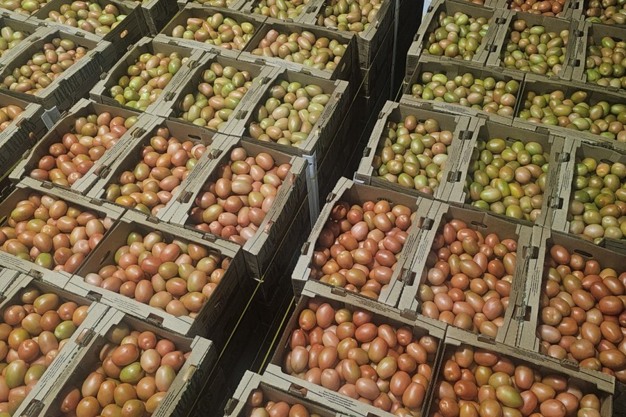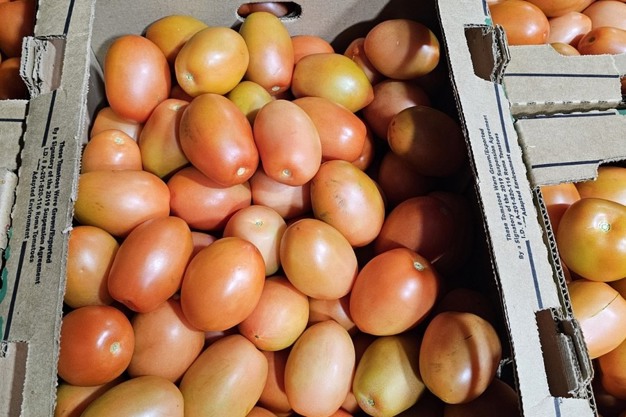The markets on field tomatoes are elevated, a development that is mostly driven by a lack of tomato supply out of Florida. "The two hurricanes that just went through Central Florida have impacted growing in that area," says Neil Mazal of East Coast Farms & Vegetables. "In Ruskin, a major tomato growing area, a lot of growers were unable to save their plantings, and a lot also killed their plants because they were diseased or damaged beyond being economical to harvest. That means there's a lack of tomato availability in Florida."
However, tomato supply will become more available again sometime between the first and second week in December as new fields will start to be picked in Immokalee. There will be diminished volume there though because some growers had to put in new tomato plants while others had to attend to their plants that were damaged by wind or there were excess water issues due to the heavy rain. "By the second week in December there should be a decent volume on grape, cherry, roma, and round tomatoes," says Mazal.

Other growing regions
In turn, that is pressuring the supply from other regions around the country given all the growing regions plant in contemplation of what's coming from other shipping areas. That means there's increased demand on the supply from Mexico and California, which are both in production (though Mexico has seen cooler temperatures recently which can slow production down and pressure pricing), as well as greenhouse tomatoes. "Nobody plants enough product to cover when there is a disaster in a particular area, whether it's a drought in one area or flooding and another," says Mazal. "They plant knowing what the average volume is from each area and there's no excess available."
Those stronger prices on tomatoes are likely to stay that way for the time being. "It's like the pepper deal–peppers are trading in the mid to high $30s and normally at this time of year, you would have an $18-$20 market. The elevated markets are reflected across commodities such as squash and cucumber as well," says Mazal.
Right now on pricing, roma tomatoes are in the mid-$20; round tomatoes are slightly higher than that with limited availability; and greenhouse tomatoes are seeing a wider range in pricing. "There's been some recovery in the Canadian producers and the Mexican growers but not enough to drive the market to below historically high price points at this time of year," says Mazal.

Concerns around flooding
Meanwhile, with Tropical Storm Sarah, the Yucatan, northern Honduras, and Guatemala all saw flooding which impacted the greenhouses in those regions. (There's tomato growing in all three regions, though particularly so in Guatemala.)
That said, higher pricing on vegetable items is perhaps welcome at a time when high costs continue to be a concern for growers. Particularly under a new President Donald Trump administration. "To eliminate some of the available labor force, that's going to continue to cost growers more and more. Every year, H-2A labor goes up in price," says Mazal. "Between the impact of weather on availability, higher cost of inputs, and labor, all of this is driving these markets. Then when you have a disaster like you had in Florida and Georgia, now you've got market costs that are prohibitive and drive retail prices way up."
 For more information:
For more information:
Neil Mazal
East Coast Farms & Vegetables
Tel.: +1 (561) 561 286.0286
[email protected]
https://www.eastcoastfarms.us/
